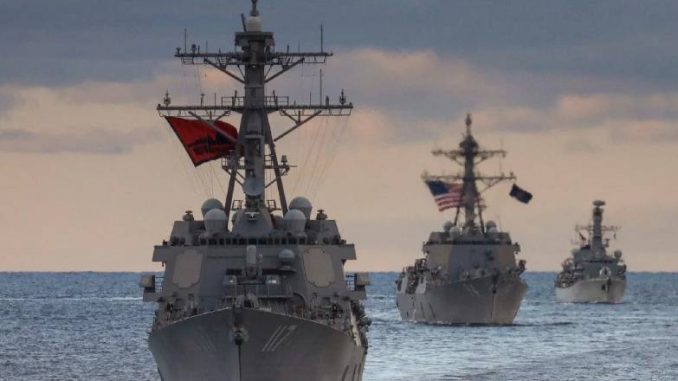
Athough the frigates will not be the most advanced ships in the United States Navy’s fleet, they’ll still play an essential role.
The United States Navy began the Constellation-class procurement process in 2020 and would ultimately like to acquire twenty Constellation-class ships.
Rather than a from-scratch design, the Constellation-class ships will be a modification of an existing design. In addition to reducing development costs, the strategy is low-risk and would, in theory, result in a quicker delivery of ships. A low-risk design is particularly important for the Navy, which has suffered recently from several high-profile failures.
The Constellation-class design is derived from a similar Italo-French design, the FREMM (Fregata Europea Multi-Missione) frigate. That ship comes in two variants, one for the French Navy and another similar ship for the Italian Navy.
Generally speaking, the American version is larger, features a redesigned propeller for better acoustics, a more powerful generator, and a modified bow design.
“The Navy has chosen to elongate and widen the hull of its next-generation Constellation-class frigate relative to the [FREMM] parent design, but the officer overseeing its production says the internal layout will largely remain the same,” the Congressional Research Service explained.
“The Italians did a very good job in the design of the internal spaces, and the flow of a lot of those spaces,” Capt. Kevin Smith, program manager for the Constellation-class, told attendees at the Sea Air Space exposition on Monday, August 2. “You could say we bought a bigger house, [but] from a modeling and simulation perspective, it’s exactly the same.”

